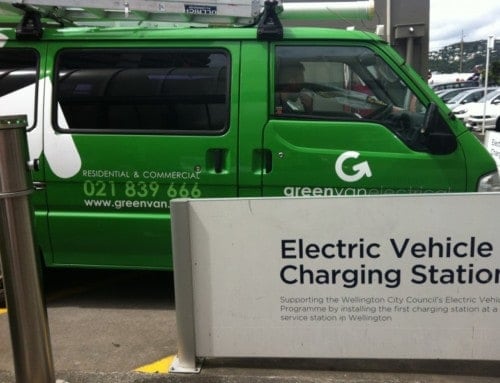In her post, Sally Blackwell reckons that “we are beginning to appreciate the value of warm, dry homes and … we are starting to understand and embrace energy efficiency”. The widespread installation of ceiling insulation, heat pumps, ventilation systems and energy efficient lights certainly provides evidence. She goes on to say, however, that to really solve the problem of cold, damp houses we need to recognise that the house and its occupants interact as a system. We need to take a whole-of-house (and household) approach
This seems right, but also challenging. Part of the challenge for a household is to learn how to get the heating, insulation and ventilation working well together. But there are bigger challenges. One is paying for it: to bring many houses up to the rather modest standard of current building requirements could cost tens of thousands. Another is dealing with the daunting variety of houses and households. No one relatively simple combination of housing retrofits and householder behaviours works for everyone.
For example, researchers with Beacon Pathway and BRANZ distinguished eight categories of single-family houses by the architectural and structural characteristics that influence energy efficiency retrofits. Add to this the variety in local environmental conditions to which houses in each category are exposed.
Households also vary considerably. The variation in demographic characteristics is relatively easy to observe. But households also vary in their less-easily-observable lifestyles, cultures and preferences.
We used a tool commonly used to get a feel for variation in ‘preferences’ called a choice survey (or conjoint analysis). The first step in designing this type of survey is to identify the relevant ‘attributes’ of the products of interest. For example, when we choose among two heating devices, we base that decision on the differences in the attributes that matter to us, e.g., upfront cost, energy efficiency, aesthetics, etc. We identified 18 attributes of home energy efficiency improvements in addition to the upfront cost of purchase and installation.
We recruited 149 owners of homes in three suburbs in Dunedin to complete a novel form of choice survey. In a critical step in the survey, the respondent was asked to choose from the 18 attributes the 6 that matter most to his or her household. Every single one of the 18 attributes was chosen by at least 5% of respondents. Eleven of the attributes were chosen by at least 25% of respondents. This suggests quite a bit of variability in ‘preferences’, and this variation corresponds only weakly with demographic characteristics.
The question is, then, how do we cope with and accommodate all this variability? The market system copes to varying extents with variation in consumer preferences: witness the variability in the offerings of cafes in larger centres, something for almost everyone. And there is a large and growing variety of products on offer to improve energy efficiency and the quality of the home environment, some of them heavily promoted.
This leaves it up to the householder, however, to make decisions that seem a bit more difficult than choosing where to eat tonight. Which improvements are best for my house and household? How does each work within a whole-house system? If the system’s going to cost tens of thousands, how do I finance and prioritise improvements over time?
The supply of quality information personalised to the house and household seems as important as the supply of energy-efficient hardware. A lot of good information has become available on the web, but it can be a lot to digest. Alaric Mccarthy, in his post, reported research suggesting the benefits of a combination of community-level events and professional advice in the form of personalised home energy audits to at least get households moving.
What will it take to help home owners (owner-occupiers and renters) onto a path of investment leading to a high-performing house and household?
I’d be very interested to hear your opinion below.
Paul Thornses
paul.thorsnes@otago.ac.nz






Leave A Comment